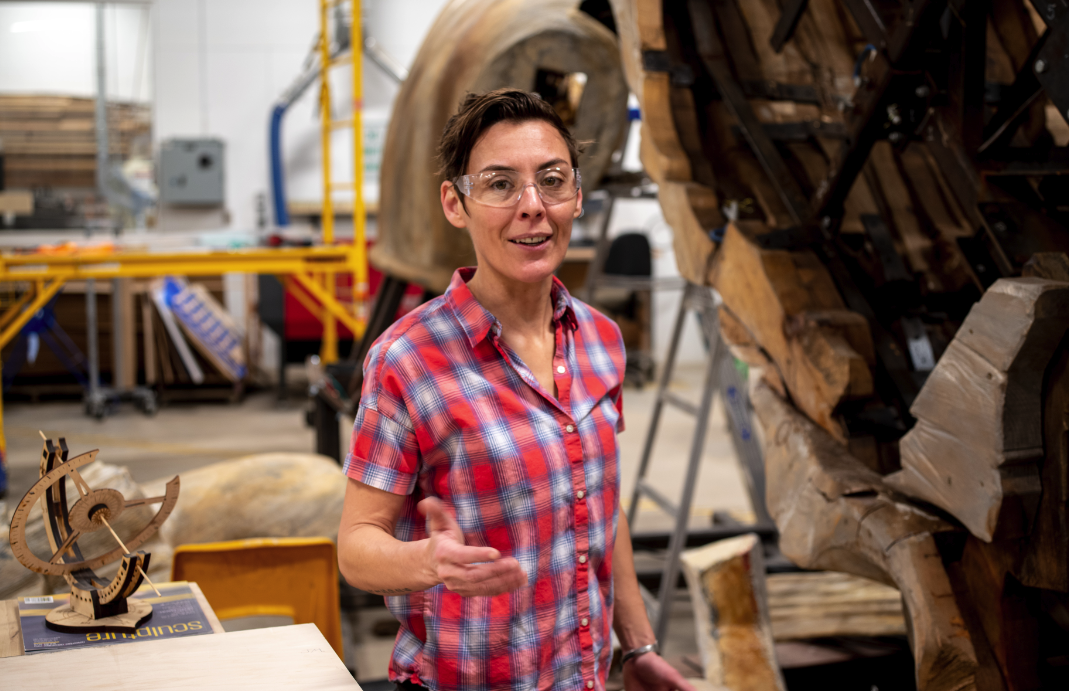Sara Sanders, director of STEAM Studio, discusses the benefits and misconceptions about STEAM programs.
Why is STEAM learning important for students, and how do you approach it as an educator?
STEAM learning is important because it teaches students that science, technology, engineering, art and math are interrelated and that real-world problems aren’t solved by one single discipline. I approach STEAM education through a student-centered lens, where their curiosity and questions drive the conversations that we have in our classes.
What’s a misconception about the STEAM fields?
I think the biggest misconception about STEAM fields is that they are limited to the individual, siloed disciplines that comprise the acronym. The reality is that STEAM is the integration of many disciplines and relates directly to solving complex challenges that affect our individual and social well-being. By combining disciplines to leverage our collective knowledge, we can develop collaborative and innovative solutions to the ill-defined wicked problems we face as global citizens.
What do you find most rewarding about working with kids or teens?
It is cliché, but kids are the future, and giving kids a space to explore creative endeavors, to take risks (safely) and to be curious feels like an incredible investment.




